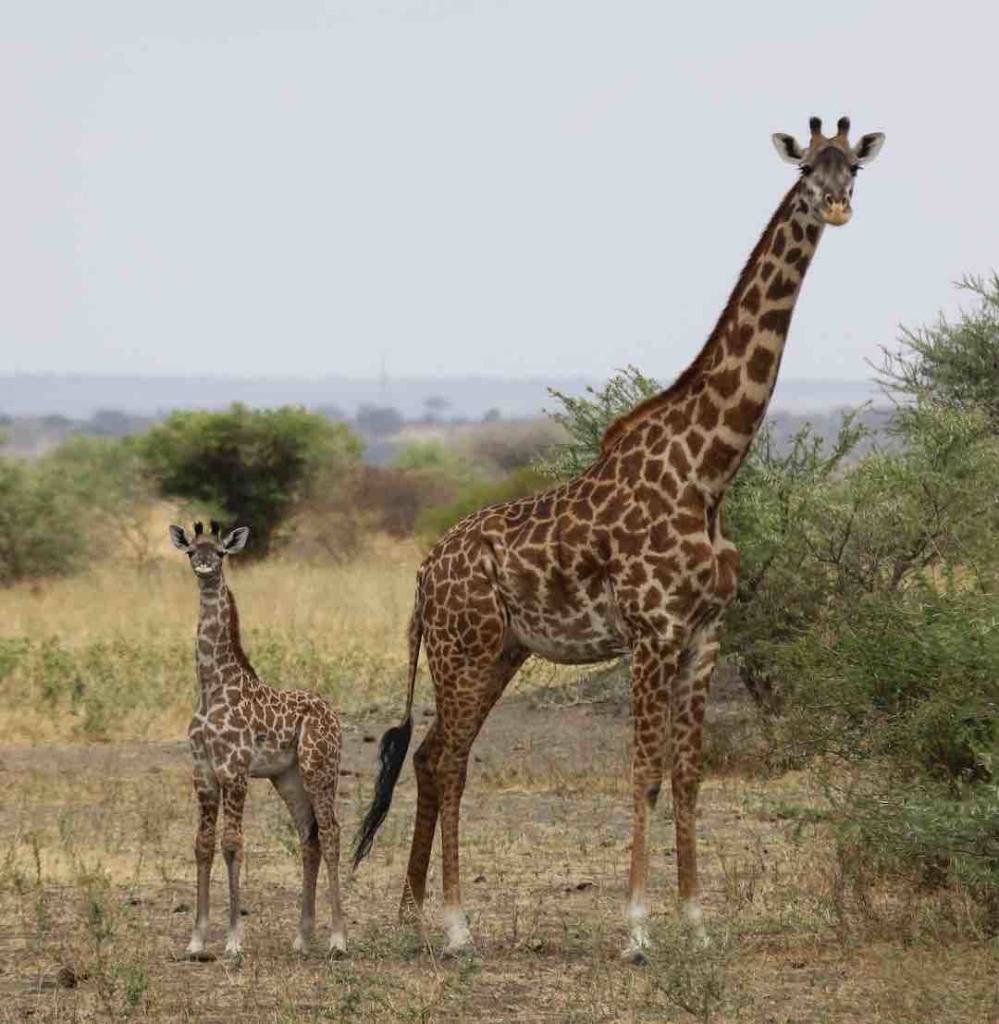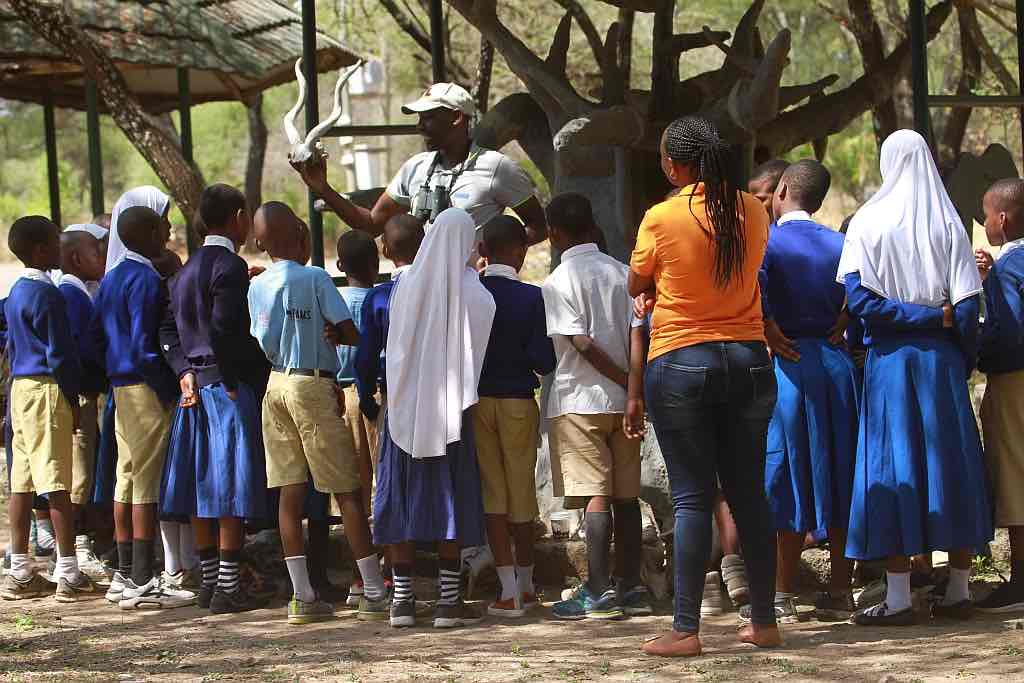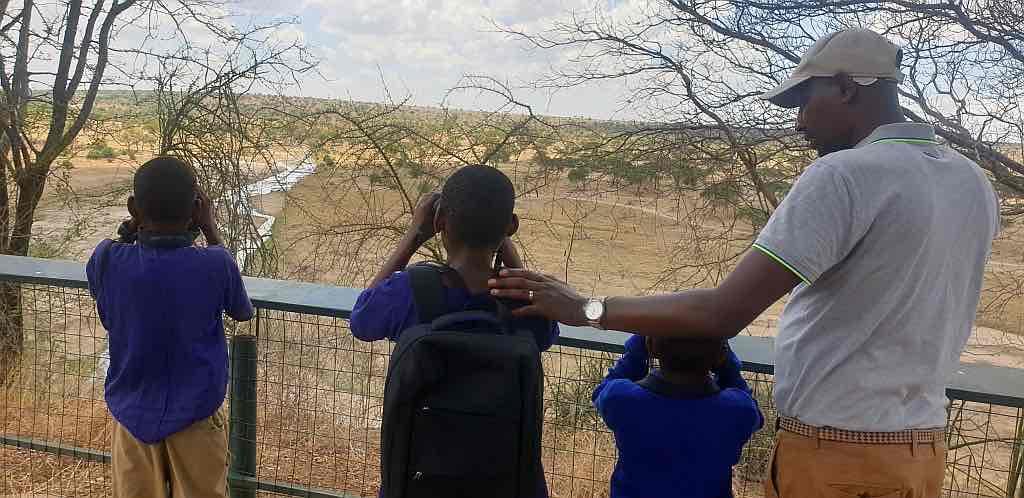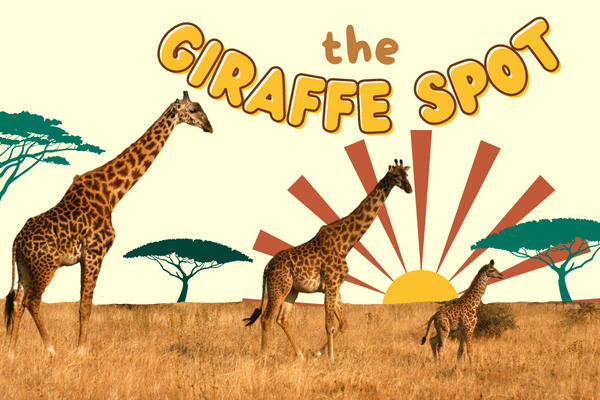By Monica Bond, Wild Nature Institute
What would it be like to have giraffes, elephants, zebras, cheetahs, and lions hanging out in your ‘backyard?’

Children in the Monduli District of Tanzania live near Tarangire and Lake Manyara National Parks, and both parks are full of the coolest of African wildlife.
Wild Nature Institute’s Education Coordinator, Veila Makundi, takes students on trips into these parks to learn all about the wildlife, trees and plants, and other natural features like termite mounds and rivers. For all of these kids, this is their very first visit to these parks.
Last November, Veila took two busloads of schoolkids into Tarangire National Park. They were lucky to have Onesmo Mbise along for the ride. Onesmo is a highly trained naturalist and safari guide from the company Matembezi. His job is to bring tourists from around the world to Tanzania’s national parks like Serengeti and Tarangire, and to tell them things about the wildlife and the landscape to enrich their experience.

Onesmo shared with the schoolkids all sorts of fun facts about the animals, and they got to look at animals up-close through binoculars. The kids loved riding on the bus, and of course seeing giraffes in their natural savanna habitat. It was also interesting for the kids to see the tourists from many different countries who came all the way to Tanzania to see the wildlife.

The national parks are not only important for animals and plants to survive, but also an important part of Tanzania’s economy.
After the visit to Tarangire, the schoolkids wrote essays about their experiences. Veila and Wild Nature Institute’s Giraffe Research Coordinator James Madeli chose the top essays and awarded the winners with brand-new school uniforms and a wooden giraffe sculpture. Congratulations to these kids!
Excerpts from the 6 winning essays:
All students are ages 10-12.
Abubakari H.
It is my pleasure to tell everybody all that we saw and learned on our safari trip to Tarangire National Park. I am thankful to our sponsors who enabled us to participate in this great event, and our teachers for guiding us throughout. We reached in Tarangire gate in the morning and we were ushered in by the ecologists. We were very happy seeing different people there and the environment of the gate area. We saw a Tarangire map which showed different parts of the park and posters which tell about the dry and wet season in the park.
I was happy seeing a little python on a big tree. The guide Onesmo told us that pythons do not have venom. They can only catch animals and swallow them whole. They can swallow an Impala.
Paulina P.
Our teachers organized everything, and we were very lucky to have such a chance. On Sunday November 21st me and my fellow students had a happy trip to the Park. It was very early in the morning when the journey started with 28 students and 7 teachers. When we reached Tarangire gate there were so many people there.
We learned so many things about the animals. We were told that some lions climb trees but most of such lions are found in Lake Manyara National Park. I was very happy seeing some lions hunting, but when I saw the lions killed the wildebeest I was no longer happy. Our teacher came to tell me that is how the ecosystem works, otherwise the lions will not survive.
Vaileth I.
Tarangire has a lot of animals such as groups of elephants which are the biggest animal in the wild. The oldest female elephant is the one which leads the group. We saw a lot of giraffes were drinking water from the pond and others were eating leaves from the tall Acacia trees. Guide told us there are two types of giraffes which are Reticulated Giraffes and Masai giraffes. But in Tanzania we only have Masai giraffes and giraffe population is decreasing due to illegal hunting.
We saw a lot of wildebeests and zebras walking together. Our guide told us that the zebras eat the top grasses first and the wildebeests eat the bottom grasses.
Mwanaisha I.
We saw a group of buffaloes and giraffes which were standing still and watching like there is something strange. When we watched around we saw two lionesses which were hunting; one was lying under a big baobab tree and another was lying on the grasses. We were really happy seeing lions hunting. We also saw a big old lion lying freely on its back under the tree. The guide told us that such lion should have had its food and it is now resting by sleeping on its back so as to enable itself to cool its body from heat. Also, he told us the strong and powerful lion owns the group of lionesses and when it gets old it is kicked out from the group by the powerful lion, and the new lion will kill all the baby lions in the territory. The kicked old lion will leave such territory and go find another territory or live on its own.
John J.
I also saw the giraffe, the national animal. The giraffe is a gentle animal and has the same number of neck bones like us humans. And the giraffe is the tallest land mammal. Giraffes have different spot patterns, each with unique spots. Giraffes eat thorny plants; giraffe uses its thick tongue that is adapted to eating thorny leaves. It uses its long neck to reach higher leaves and gives some others to small mammals such as dik-dik that can’t reach higher in the trees. Giraffe’s brown spots help it to hide from predators like lions and leopards. Giraffes use their pointed hooves to kick predators.
Joseph P.
We also saw different birds such as secretary birds, guinea fowls, eagles, and ostriches which is the biggest bird in the wild. Ostrich does not fly like other birds but can run very fast the speed of 60 kmh. One ostrich egg is so big it approximately equals 25 eggs of chicken, also ostrich lays eggs and lays the chicks after 45 days.
We saw many other animals such as a cheetah which was hiding hunting under the tree, buffalos, mongooses, monkeys, rabbits and so many different plant species.
Tarangire National Park has so many advantages for the community living around the park and the nation as it attracts a lot of tourists which enhances foreign exchange etc. A big challenge in this National Park is water shortage as we saw many ponds in the park are dry, animals depend on the pond and river Tarangire for water during this time.
Finally, I’m glad to be chosen to be part of this journey to go visit the Park and see wildlife in the wild. I would like to advise other people to visit Tarangire National Park since it’s attractively beautiful and whoever get a chance to visit it will enjoy big times.







